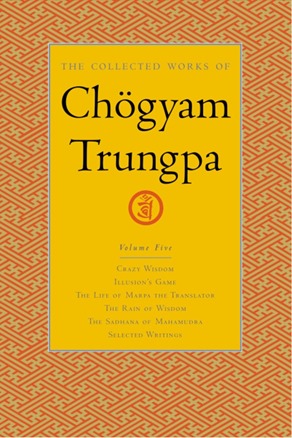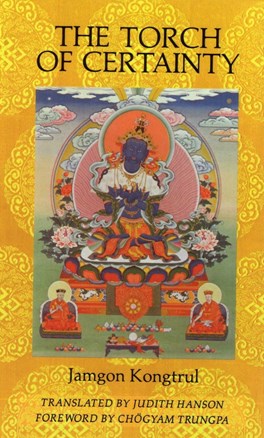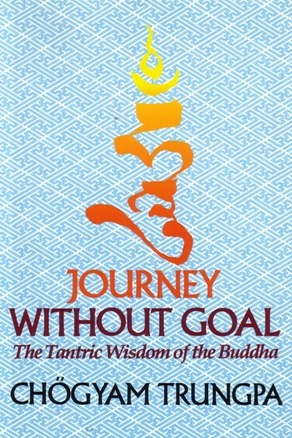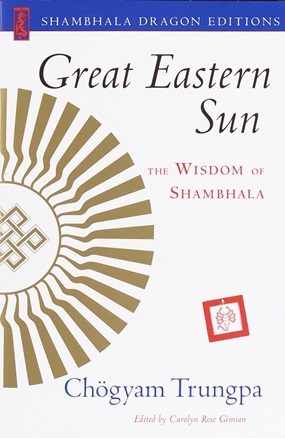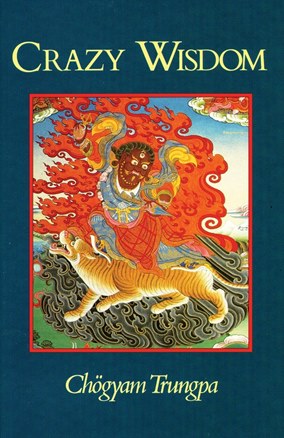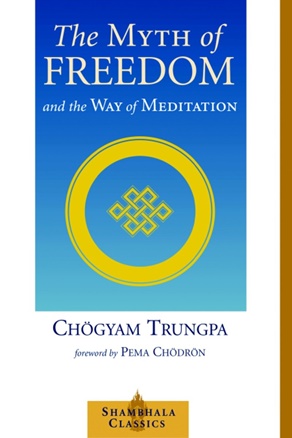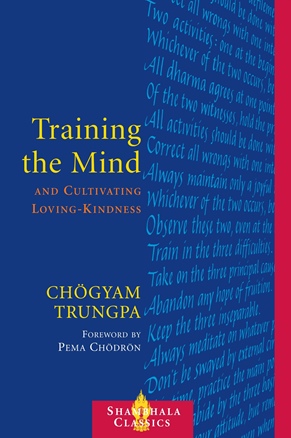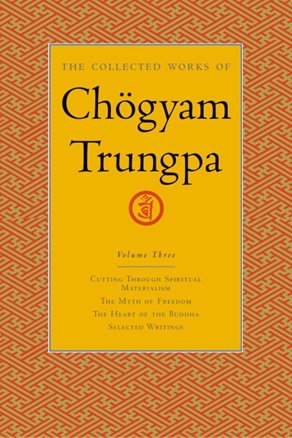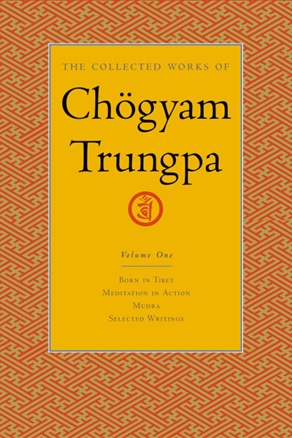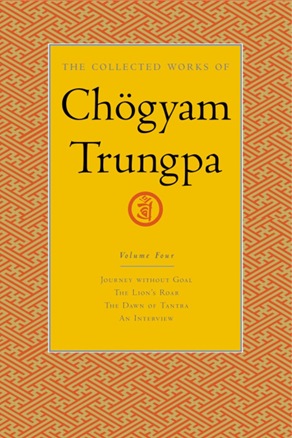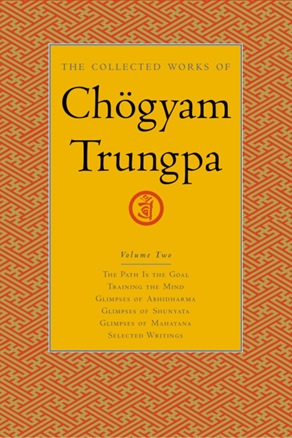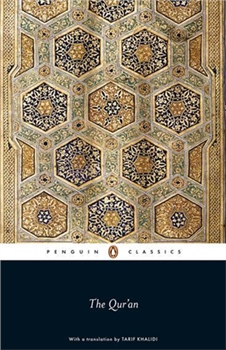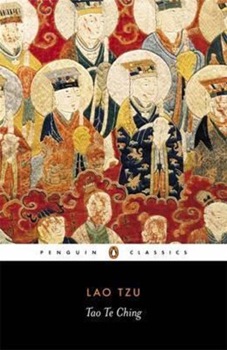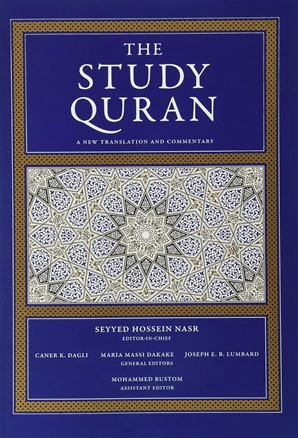Description
The Collected Works of Chögyam Trungpa brings together in eight volumes the writings of one of the first and most influential and inspirational Tibetan teachers to present Buddhism in the West. Organized by theme, the collection includes full-length books as well as articles, seminar transcripts, poems, plays, and interviews, many of which have never before been available in book form. From memoirs of his escape from Chinese-occupied Tibet to insightful discussions of psychology, mind, and meditation; from original verse and calligraphy to the esoteric lore of tantric Buddhism—the impressive range of Trungpa's vision, talents, and teachings is showcased in this landmark series.
Volume Five focuses on the lineages of great teachers who have transmitted the Tibetan Buddhist teachings and on the practice of devotion to the spiritual teacher. It includes inspirational commentaries by Chögyam Trungpa on the lives of famous masters such as Padmasambhava, Naropa, Milarepa, Marpa, and Tilopa, as well as an excerpt from The Sadhana of Mahamudra, a tantric text that Chögyam Trungpa received as terma in 1968. Among the selected writings are "Explanation of the Vajra Guru Mantra," an article never before published, which deals with the mantra that invokes Guru Rinpoche; seminar talks available in book form for the first time; and previously unpublished articles on Milarepa.
About the Author
VidyadharaChögyam TrungpaRinpoche (Tibetan: ཆོས་ རྒྱམ་ དྲུང་པ་ Wylie:Chos rgyam Drung pa; also known asDorje Dradul of Mukpo,Surmang Trungpa, after his monastery, orChökyi Gyatso, of which Chögyam is an abbreviation) was a Buddhist meditation master, scholar, teacher, poet, and artist. He was the 11th descendent in the line of Trungpa tulkus of the Kagyü school of Tibetan Buddhism. He was also trained in the Nyingma tradition, the oldest of the four schools, and was an adherent of the rimay or "non-sectarian" movement within Tibetan Buddhism, which aspired to bring together and make available all the valuable teachings of the different schools, free of sectarian rivalry.Trungpa was a significant figure in the dissemination of Tibetan Buddhism to the West, founding Naropa University and establishing the Shambhala Training method, a presentation of the Buddhadharma largely devoid of ethnic trappings. In 1963, he moved to England to study comparative religion, philosophy, and fine arts at Oxford University. During this time, he also studied Japanese flower arranging and received an instructors degree from the Sogetsu school ofikebana. In 1967, he moved to Scotland, where he founded the Samye Ling meditation centre.Shortly thereafter, a variety of experiences—including a car accident that left him partially paralyzed on the left side of his body—led him to give up his monastic vows and work as a lay teacher. In 1969, he publishedMeditation in Action, the first of fourteen books on the spiritual path published during his lifetime. The following year he marriedDiana Pybusand moved to the United States, where he established his first North American meditation centre, Tail of the Tiger (now known as Karmê-Chöling) in Barnet, Vermont.In 1986, he moved to Nova Scotia, Canada, where hundreds of his students had settled. That Autumn, after years of heavy alcohol use, he had a cardiac arrest, and he died of heart failure the following Spring. His legacy is carried on by his son,Sakyong Mipham Rinpoche, under the banner of Shambhala International and theNalanda Translation Committee.
